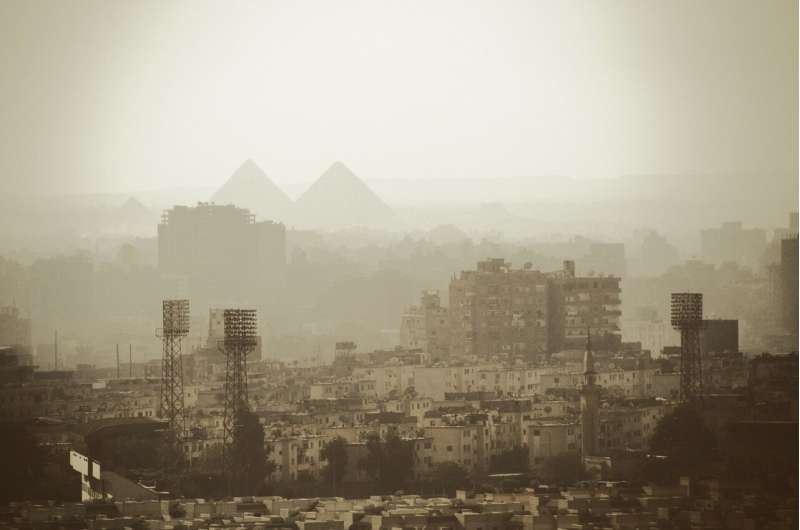New report highlights link between air pollution and infant mortality

A new report out today calls for an urgent collaborative effort to reduce air pollution around the globe.
The report, led by Save the Children International, outlines the sources of air pollution, its effects on children and young people, and highlights the work being done to address the issue.
Today is World Clean Air Day. Air pollution is a major health challenge to which children in low to middle income countries are particularly vulnerable:
- Every day around 93 percent of the world's children under 19 years breathe air that is so polluted it puts their health and development at risk.
- In 2019, air pollution contributed to nearly 500,000 deaths among infants in their first month of life.
One of the report authors Dr. Cressida Bowyer, Deputy Lead for Revolution Plastics at the University of Portsmouth has worked with communities in the Global South, investigating the huge impact the unregulated burning of plastic waste has on air pollution. She says: "This report identifies open burning of waste, including plastic waste, as a significant source of air pollution in cities in less developed countries. Plastic waste is often used to supplement fuel on open fires used for cooking, heating and lighting homes in informal settlements in the global south. This results in high exposures to air pollution in children, both outdoors and indoors."
The report highlights the importance of working with local communities to understand social and cultural contexts and to co-design workable and realistic solutions to reduce air pollution. Through her work with the AIR Network and Tupumue research projects, Dr. Bowyer has developed and used arts-based methods such as visual arts, music and theater to raise awareness and explore attitudes and perceptions on issues of air pollution and lung health in sub-Saharan Africa.
The University of Portsmouth's Revolution Plastics team continues to use art-based methods in the Sustainable Transitions to End Plastic Pollution (STEPP) project, collaborating with community and environmental organizations in Kenya and Bangladesh to explore and initiate solutions to plastic waste. STEPP outputs include a documentary, music video and a mural, all created with artists and musicians from the Mukuru Youth Initiative to educate the local community on reducing plastic pollution.
Dr. Bowyer says: "Creative methods can be especially useful when working with children and young people, who may have wide-ranging levels of literacy and who can be difficult to engage."
"What is key is that interventions need to be socially and culturally appropriate, affordable and acceptable to the recipients. It is important to have meaningful consultations with stakeholders, working with individuals and communities who are affected, and building capacity within communities to identify, understand and help to create solutions to problems such as air pollution."
The report concludes that to reduce air pollution, emissions and exposure to pollution, action is needed at local, national and international levels. In many cases, these actions can contribute to achieving multiple other UN sustainable development goals, including climate change mitigation. An integrated approach to action is needed, involving collaboration with community members, planners and policymakers.
More information: Urban Air Pollution and Children in Low- and Middle- Income Countries. cities4children.org/knowledgeb … le-income-countries/
Provided by University of Portsmouth




















